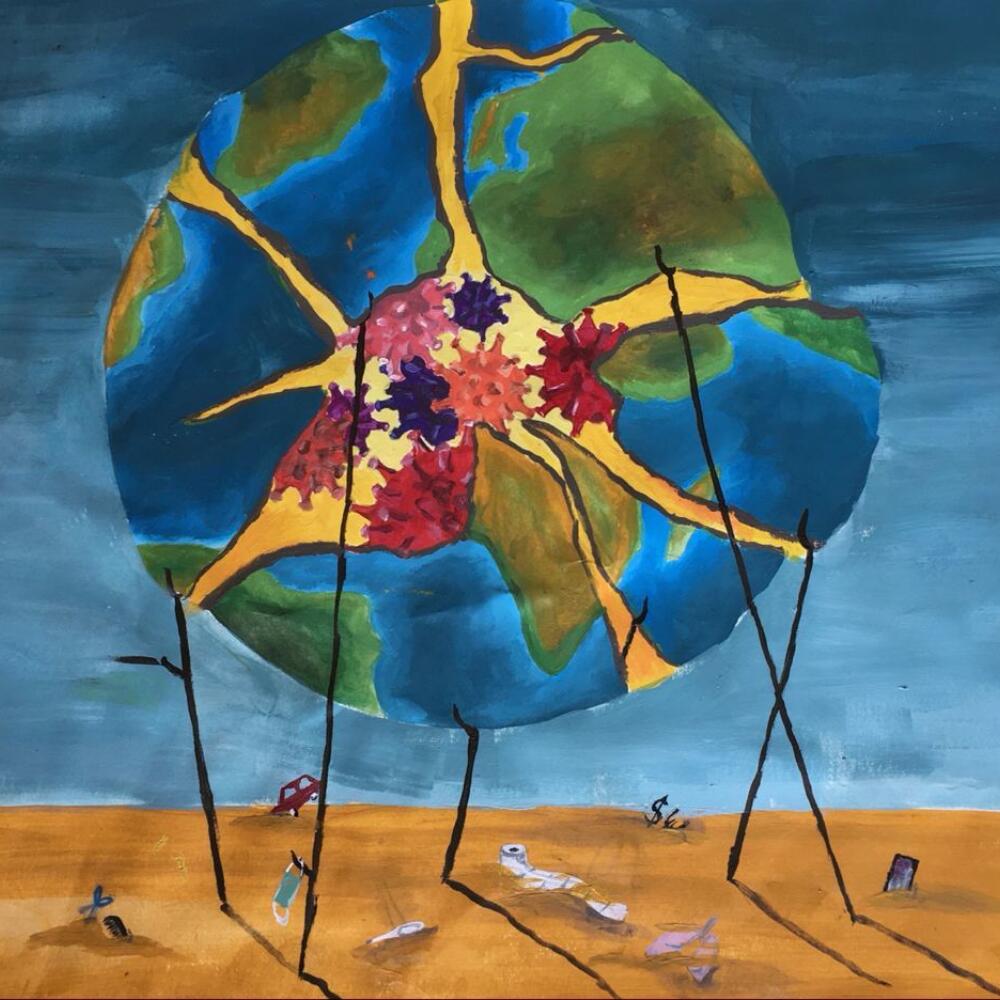Research in times of COVID-19
What is the world like now and what will the world be like after the current pandemic? Can each of us in this unique time, set impulses that could bear fruits in the near future?
In early April 2020, when hundreds of young people connected to the Youth Section’s network were experiencing the early lockdowns as a result of the pandemic, the Youth Section at the Goetheanum hosted an open call for any young person to reflect on the impact that this unprecedented situation was having in them. The objective of such call was to listen to the experiences that the members of the Youth Section’s network were going through, so that the organisation could shape new strategies to support young people during the pandemic.
PARTICIPANTS
36 participants (55% female, 45% male), aged 17 – 36 from 11 different countries engaged in the group video-calls, individual reflection activities and group discussions over the course of 7 months. Additionally, the Youth Section received spontaneous, punctual written reflections from 13 others who wanted to share their process, and artistic pieces from 19 high school students in Germany depicting their experience of the pandemic. As in the other branches of the study, the people participating in (Re)Search in Times of COVID-19 did so voluntarily and freely.
DATA SUMMARY
• Data collected between 2 June – 12 December 2020
• From 69 people aged 16 – 35
• 63% female, 37% male
• Countries represented: Argentina, Brazil, India, Italy, Germany, Jordan, Netherlands, Romania, Russia, Spain, United Kingdom
• 16h and 22min video and audio recorded material
• 18 art pieces
• 32 written reflections
A THREEFOLD METHODOLOGY
1. Living with questions: every two weeks, participants received questions to reflect on for a sustained period of time. These were questions that arose for young people during the pandemic– including some of the participants themselves –which the research team had collected in advance. Thus, the co-researchers (participants) dealt with their peer's questions and eventually their own, if they had posed one, as part of the process.
2. Research in partnership. Participants who wished to do so were assigned a research companion at random. Partners chose how to work together, generally by using a digital platform to connect due to the differences in geographical location and lockdown measures. Together they worked on the questions whilst observing the impact that researching together had on them.
3. Full group meetings. Once a month, the entire group met at online video conference calls to discuss the process, the questions that arose and the insights acquired. Additionally, the team created an online messaging group where participants were encouraged to share and connect throughout the process.
FINAL RESULTS
The insights arising from this research project will be presented in an upcoming publication. For more details or to request information please email us.

